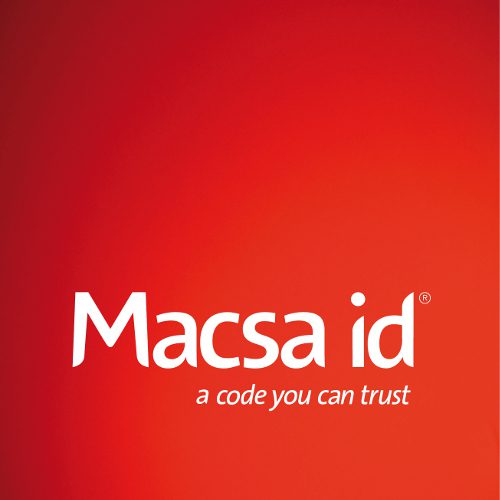As the EU introduces the new Packaging and Packaging Waste Regulation (PPWR), the packaging industry faces an urgent challenge: reduce waste, improve recyclability, and ensure transparent traceability. One of the biggest barriers to achieving these goals lies in the way packaging is labeled and coded.
Traditional methods such as ink printing and adhesive labels often contain chemical components that interfere with recycling and composting processes. To comply with the new rules and meet consumer expectations for sustainable packaging, manufacturers must rethink how they identify and trace their products.
That is where laser marking—and more specifically, high-speed 2D laser coding—comes in.
PPWR and the future of packaging
The PPWR aims to make all packaging placed on the EU market recyclable or reusable by 2030. It introduces strict requirements for design for recyclability, material transparency, and waste reduction.
Under this regulation, every component of a package—including labels, inks, and adhesives—must be compatible with recycling. Biodegradable packaging will only be allowed in specific cases, such as tea bags or fruit stickers, when it clearly benefits the environment.
This means brands will need to eliminate unnecessary materials and move toward simpler, monomaterial packaging. Any element that complicates recycling—like multi-layer labels or ink coatings—will soon become obsolete.
Why laser marking is the sustainable answer
Laser marking uses light, not ink, to create permanent, high-contrast codes directly on the surface of a product or package. This technology meets sustainability goals while maintaining the speed and precision required in modern production.
Key advantages:
- No consumables: No inks, labels, ribbons, or adhesives that generate waste or contamination.
- Better recyclability: Markings are clean and permanent, leaving the material fully recyclable.
- Regulatory compliance: Supports GS1 and Digital Product Passport (DPP) traceability requirements.
- Operational efficiency: Reduces downtime and total cost of ownership by eliminating consumable management.
- High readability: Delivers precise, consistent codes that remain legible throughout the product’s lifecycle.
Laser marking turns traceability into a sustainable process, aligning with PPWR’s environmental objectives and circular economy targets.
The rise of 2D laser coding
While laser technology has been used for simple alphanumeric codes for years, 2D codes—such as DataMatrix and QR—represent the next evolution.
These compact, data-rich codes can carry far more information, from batch and expiry details to sustainability data and digital product passports. As GS1 Sunrise 2027 moves global retail toward 2D scanning, laser-marked 2D codes are becoming a cornerstone of traceable, transparent packaging.
Solutions like Macsa id’s 2D Noodle Code demonstrate what this new era looks like: ultra-fast, high-resolution 2D marking that can print more than 100 codes per second at speeds of up to 1,000 meters per minute. By using only light, it replaces consumable-heavy systems such as thermal transfer or inkjet printing while enabling real-time data integration across production lines.
Laser marking for biodegradable packaging
When it comes to biodegradable or compostable materials, laser coding offers an additional benefit—it does not introduce foreign substances that could disrupt the composting or recycling process. Whether used on bioplastics, cardboard, or monomaterial films, laser codes remain clean, permanent, and compliant with eco-design principles.
Unlike labels that must later be peeled, sorted, or burned, laser markings become part of the material itself. This ensures a smooth transition toward zero-waste, recyclable packaging that fits both brand sustainability goals and legal compliance.
Ready to make your packaging PPWR compliant?
Discover how Macsa id’s 2D Noodle Code can help you implement fast, sustainable, and fully traceable laser marking.
